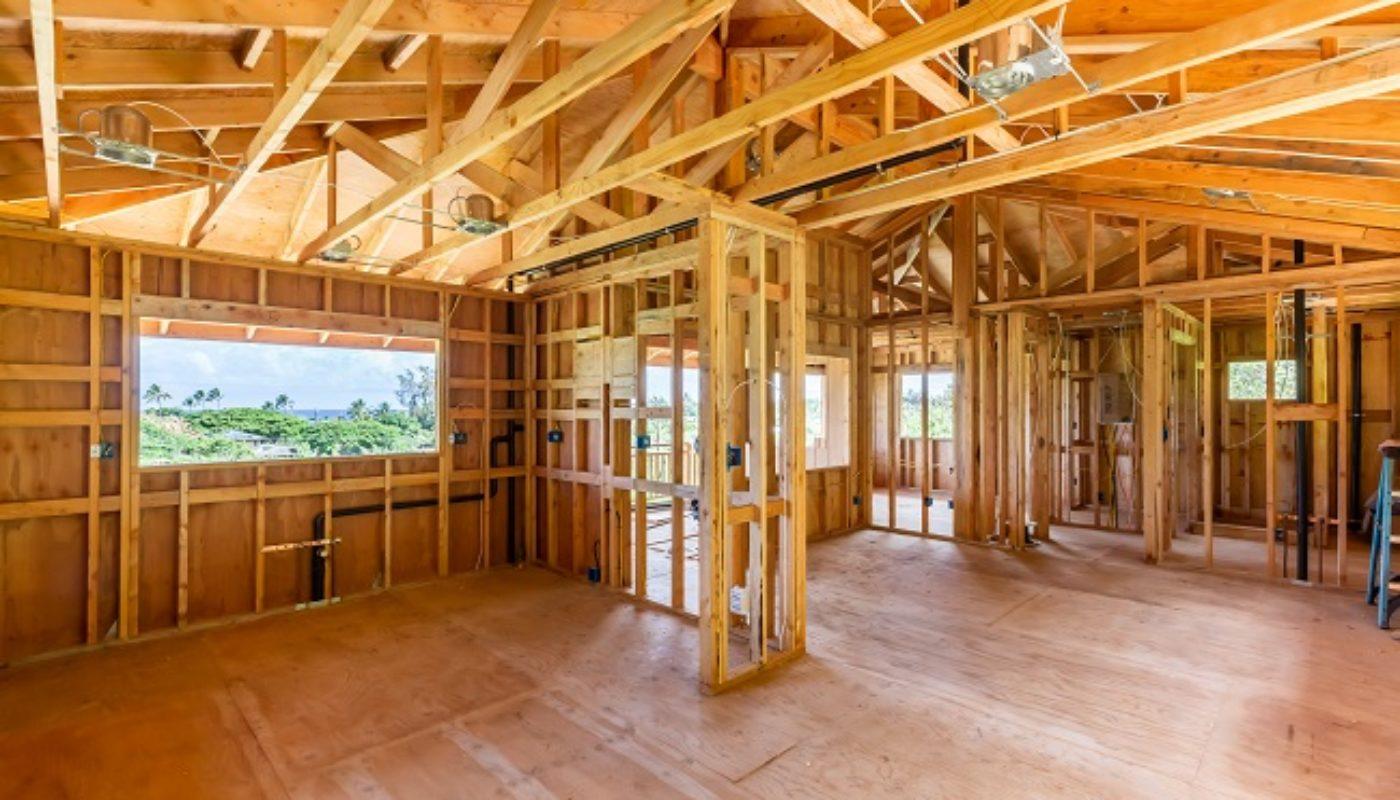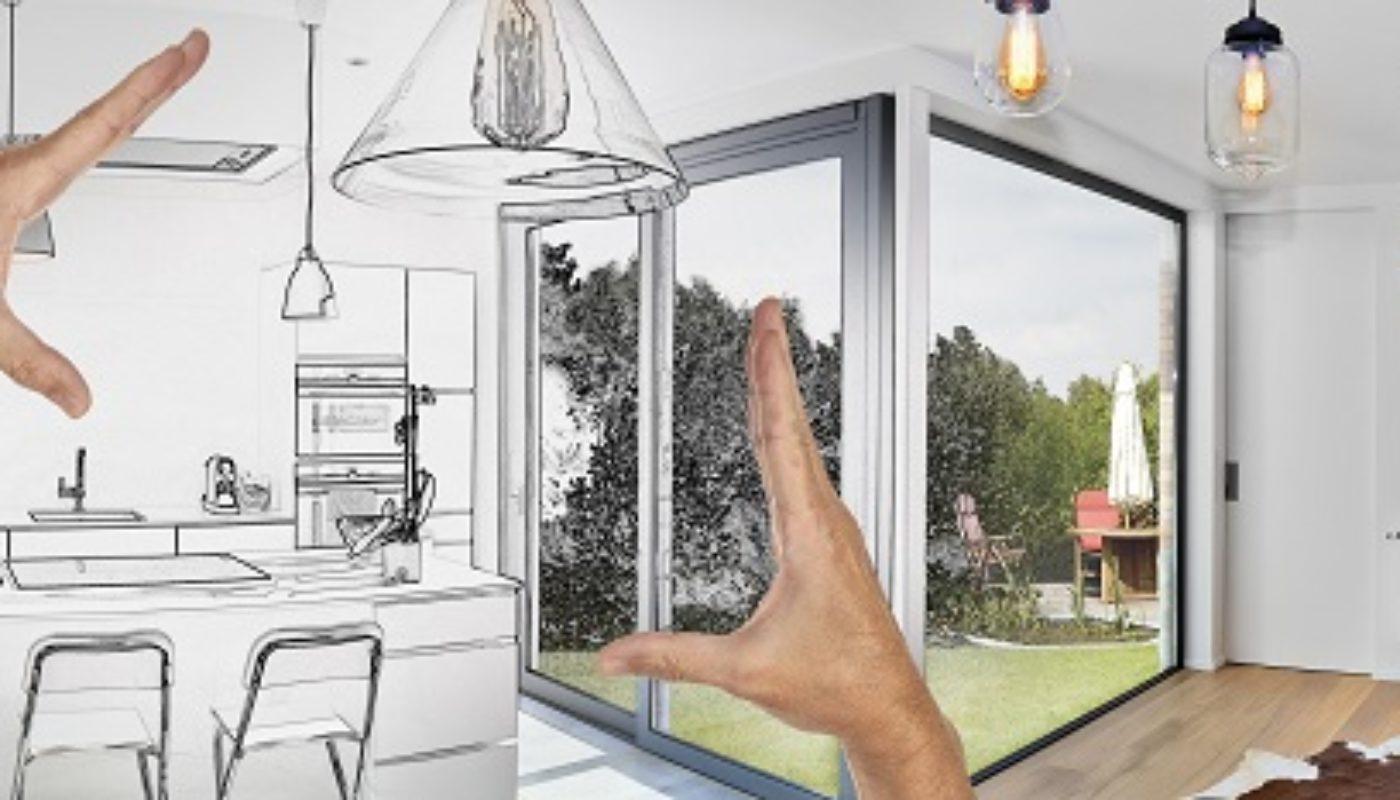
Building a custom home is fun and exciting. However, if you don’t know how to go about it properly, you may end up with mistakes that’d require a lot of money, time, and effort to fix. To steer clear of that scenario and get started with the construction the right way, try following these tips:
- Set A Budget
Budgeting is the first thing you must do right after you decide to build a custom home. This involves figuring out an amount you can afford without going broke and you’re comfortable spending.
However, you have to be aware that budgeting for a house can be a tedious process since you’ll have to consider many factors. Therefore, it’s essential to accomplish the task prior to the start of construction.
It could take about a year or more to research the ins and outs of building a custom home before you can negotiate with the contractor. That’s because during this stage, you must aim to balance the things you want in your home as well as the cost it’ll take to make your vision come to life.
That being said, here are some budgeting tips for your custom home building project:
- Start researching how much your home would cost in total, including the land, contractors, furniture, and appliances. It’d also be better for you to start looking for loan providers since you’ll most likely need a home loan and a construction loan. Whichever you’re qualified for would depend on your income bracket, credit score, and other indications of financial standing.
While others only look for loan providers when the home design’s ready, doing it beforehand is even better. That way, you’ll know which loan providers offer pre-qualifying, and you can get an idea of how much money you’ll receive. You can then use that as a guide to determine what designs are suitable for your budget.
- Avoid banks that lend money more than debtors can afford. There’s no point signing up for a mortgage to buy a house you can’t afford even if the bank approves it. The wiser decision is to purchase a home that sits below the amount you’re comfortable with. It’s also best to discuss this decision with your financial planner or advisor if you have one. Chances are, they already know your current financial standing and can assess what the safest amount you should invest in a home is.
- Be ready for unexpected costs. It’s not unusual for construction projects to cost more than what was initially planned. This happens because construction materials fluctuate in price, and sometimes things concerning labor may go wayward, affecting the final cost of the project. So be sure to set a buffer on your budget for unforeseeable events that might increase your housing cost.
- Pick The Right Vendors, Suppliers, And Contractors
Selecting the best vendors is the perfect way to get your home building project on the right track. And given that your house will only be as good as the materials used to construct it, do take the time to pick suppliers who offer quality products.
Although the contractor will make the majority of the construction decisions, you should still be involved in the process of picking out the materials as much as you can. That way, you can look around for less expensive options. If you happen to find some good ones, communicate that to your contractor to make sure you’re on the same page.
You must also hire a professional team that’s committed to making your house building project a great success. It doesn’t matter how involved you think you’ll be in erecting your home; without knowledgeable and reliable builders helping you out, your home will turn out to be a disaster.
Because of that, you also need to search for seasoned contractors. Typically, building a house involves a general contractor who oversees the entire process and manages other subcontractors and vendors. Keep in mind that some general contractors charge way too much, others have inexpensive fees but deliver poor-quality work, and there are those offering a good balance of quality and cost. So be sure to get a quote from more than one Eugene Oregon construction company if you happen to live there, and the same is true regardless of your location. Once you’ve found a prospective contractor, be sure to conduct a reference check.
As a safety precaution, find out how experienced and reliable all of the people you’ll be working with are. Whether they’re your contractor, a custom building firm, or vendors, don’t forget to search for reviews. That way, you can learn from the first-hand experience of their previous clients.
In addition, it’s best to ask for financial statements and look into their track records to ensure they’ll attend to their responsibilities on time and stay within the budget.
- Look For Design Ideas
Checking out home designs is one of the most exciting stages of building your own home since you get to decide how you want everything to look. If you wish for a Scandinavian-inspired home or a modern industrial abode, that’s entirely up to you.
But it’d probably help to browse pictures online to get ideas. That way, you can gather as much inspiration as you can. Your options will most likely be narrowed down during the construction process due to factors like budget and convenience. Thus, it’s safer to have a number of options if, say, the tile you’re eyeing is too expensive or that countertop you want isn’t available in your area.
- Design Your Home Layout Yourself
After collecting ideas, you can then start working on the design. You don’t need to copy a specific layout from any of the images you’ve seen. Feel free to make your own design decisions. These could range from the type of countertops you’ll use down to the doorknob on your bathroom door.

Ultimately, you can add as many configurations as you want since you’re building a house from the ground up. To figure out the best design and configurations for your home, consider asking yourself the following questions:
- What is the overall size of your home? Will the resulting amount of space pose any limitations?
- Do you need more than five rooms? Specify the purpose for each so you can design it accordingly.
- Do you plan on growing old in this home? If so, how many stories will be the most reasonable to get?
- What architectural features will you add?
- Do you want to include certain features like floor-to-ceiling glass windows or a fireplace?
Most importantly, you should choose a design that fits your lifestyle. Go for a layout that suits your family’s needs and preferences. You can customize your design to include all the features that would make your family’s day-to-day life more convenient.
Since you’re the primary decision maker in terms of the design, you can determine how you wish to use a space and have it constructed in a way that it’d serve that function. If you’re a musician, you can build a room with soundproofing. If you’re a movie buff you can create your own home theater, and if you have children, then consider baby-proofing your home.
Whatever it is you choose, it’s essential to take into account the sort of lifestyle you have. Doing so ensures that you get the best value for your money and reduces the possibility of inconvenience with the layout later on.
- Take Note Of Local State Laws
Figure out if specific building codes or local state laws in your area will affect your building process. Those will provide certain design rules you need to watch out for. Some states or counties will outline the required structural support of the house, including the electrical wiring setup. Therefore, see to it that you know such information first by visiting the inspector’s office, or you can look for those regulations online.
Most importantly, do reach out to your local government to ask if there are any building permits you may need. Those are required before you can build any structure with electricity, an HVAC system, and plumbing in an area. Typically, staff from the county government will verify your permit and check if you’re following the code. Once cleared, you can proceed to building your home.
- Get Everything In Order Before The Construction Stage
Once you’ve accomplished all the permits and paperwork needed, then you can move on to the next step: construction.
But before allowing the construction to take off, be sure that you have everything ready. That includes the final design, vendors and suppliers, and the paperwork that comes with product procurement. The construction stage is a significant milestone in the process, so you want to double-check all the requirements involved prior to breaking the ground.
Changes made during the construction phase will result in increased costs and delays, which you definitely want to avoid. By conducting due diligence, you can have a successful home building project.
Conclusion
Building a home according to their own custom design is a dream come true for many. However, the endeavor could fail if a first-time homeowner pursues it without knowing anything about the process involved. Instead of joining the bandwagon of doing trial and error, consider all of the tips above. By following them, you can avoid wasting your hard-earned money and get the exact results you want at the same time.





